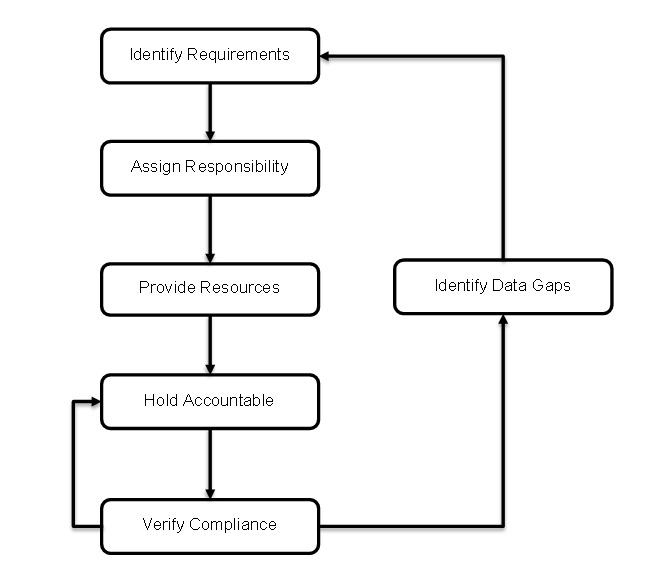1 Introduction
This website is intended to assist those responsible for implementing environmental health and safety (EHS) requirements in the United States. It is primarily geared to those in the regulated industries but can also provide useful information to both consultants and regulators.
I put this information together for several reasons. There are courses on specific EHS programs, but I have not identified a comprehensive, general introduction for EHS professionals that covers the basics that we must learn on the job. In addition, I have had the opportunity to work with and learn from several bright and creative people; I want to share some of what I have learned.
I originally set out to write a book, but I realized a website would be easier to update as I continue to grow and learn. The longer I work in this field, the more I learn how extensive it is and how little I really know and understand. Therefore, I could never provide a plenary document or library. Instead, I am going to provide what I know, but continually add to this as my knowledge expands and continue to learn from my colleagues.
The first part of this website, Volume 1, addresses general EHS items. The second part of the website, Volume 2, which will be added as I have time, will address specific EHS regulations. Volume 3 will cover theoretical items (e.g., safety and environmental philosophies).
I can still recall a conversation I had with an experienced EHS consultant within the first few weeks of my initial EHS position; it seemed as though every other word he used was an acronym, none of which I recognized. The EHS profession may not be the only field that communicates using acronyms, but that does not make them any easier to understand. I was originally going to only use acronyms and provide a list at the end of the book. However, since I decided to make this a webpage instead of a book, I will instead write out the words and include the acronym throughout. For those new to the field, hopefully this will help learn the acronyms. Since I already started it, I decided to include a list in the last chapter. The one exception to this rule will be the term EHS, which stands for environmental health and safety.
Volume 1: Introductory EHS Topics
Volume 2: Specific EHS Program/Regulation Information
I am always open to your thoughts and suggestions, but I cannot promise I will respond to all comments. You can contact me using the button below.




















